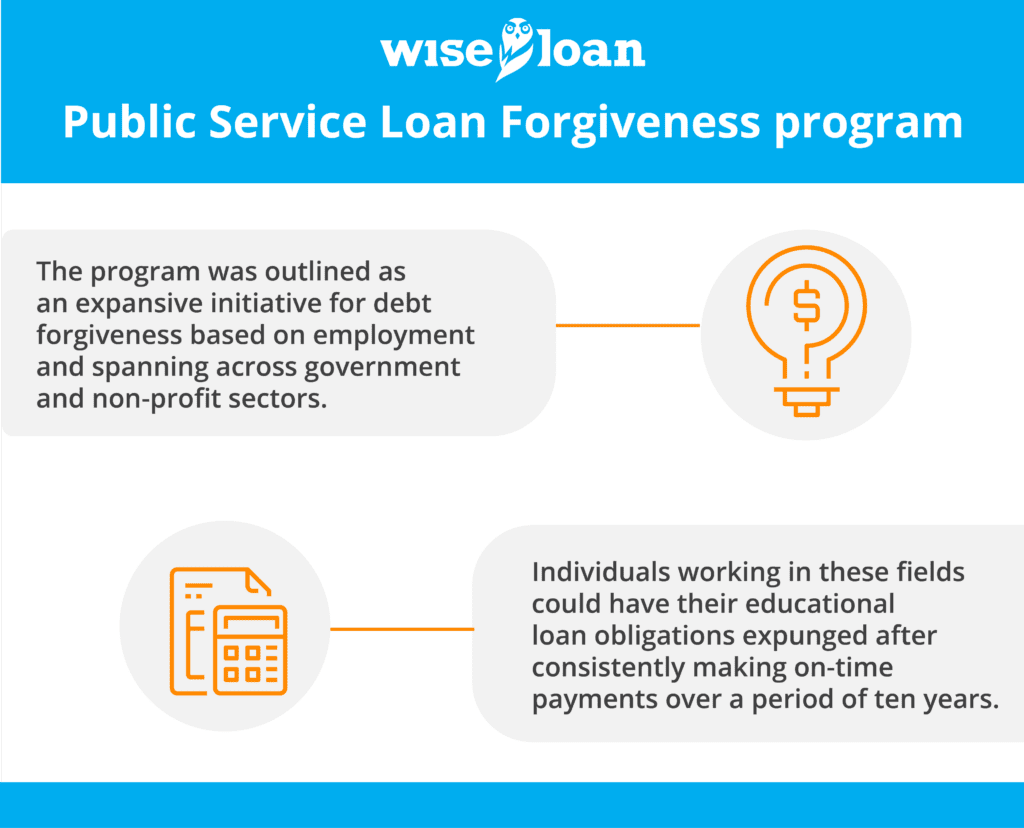Paying for higher education incurs costs far beyond the mere dollar amount involved.
According to research conducted by the National Center for Education Statistics, the average annual expenses for attending a four-year college during the 2014-2015 academic year totaled $25,409. This figure can be likened to the price of a brand-new car accompanied by a reliable warranty, presenting a substantial financial commitment for numerous families.
For a significant portion of these families, the prospect of affording college without resorting to student loans seems unattainable.
While student loans offer a practical solution for many students and their families, it’s crucial to recognize the diversity in loan options. When utilizing these financial tools to cover tuition and additional costs, it is imperative to identify a reputable and dependable lender. Moreover, comprehending the terms of repayment within the loan agreement is equally important.
Regrettably, there exists a lack of awareness regarding the current landscape of student loans and their operational mechanics. Whether attributed to oversight by loan providers or deliberate omission remains a topic of debate. Notwithstanding, it’s essential to bear in mind certain key points while contemplating a student loan to support one’s educational expenses.
The burden of debt can be overwhelming.
In June 2010, student loan debt surpassed national credit card debt levels, as documented in an article by Deanna Templeton for Yahoo Finance. Templeton’s piece highlights that “Outstanding student loan debt has now exceeded the $1 trillion mark, making it the most substantial form of household consumer debt, aside from home loans.”
To put it simply, the cumulative student loan debt can eventually surpass even a mortgage in terms of cost.
This weighty debt load raises the question: What transpires if repayment becomes unmanageable for the borrower or their family?
Bankruptcy is not a feasible recourse.
Existing regulations prohibit the discharge of federal and private student loans through bankruptcy. The only pathway to potentially attain bankruptcy relief for defaulted and outstanding student loans necessitates the borrower to prove undue hardship. While this may sound promising, the criteria to qualify for this exception are extraordinarily stringent. In fact, a considerable number of individuals have found meeting these undue hardship requirements to be nearly insurmountable.
Hence, acceptance of the fact that student loans must be repaid is unavoidable.
No exceptions, equivocations, or evasions apply.
Certain educators and qualified educational staff can seek respite from their student loans.
Elementary and high school teachers can qualify for debt relief if they fulfill five consecutive academic years in regions serving low-income families. Although specific eligibility criteria apply, this program remains a viable option for many educators. As stated by the United States Department of Education, “You may be eligible for forgiveness of up to a combined total of $17,500 on your direct subsidized and unsubsidized loans and your subsidized and unsubsidized federal Stafford loans.”
Additionally, educators with loans from the Federal Perkins Loan Program might have the opportunity to have their loans canceled by teaching full-time in low-income schools or underserved subject areas.
Mandatory counseling might yield limited effectiveness.
Each student availing federal student loans must undergo “counseling sessions” prior to borrowing funds and upon completing their degrees. Most educational institutions employ online modules supplied by the Department of Education. However, these modules have been criticized for their bulkiness and lack of efficacy, as noted by Ron Lieber in a New York Times article.
“The modules contain sentences like this: ‘Graduation before exceeding your maximum eligibility period protects direct subsidized loans received from interest subsidy loss.’… The financial aid system’s complexity exceeds reasonable bounds, challenging even adults to navigate. How can we expect teenagers to grasp it?”
Flexibility in payment plans might be accessible.
Typically, standard student loan repayment plans span ten years.
Nevertheless, some graduates may experience limited income or struggle to secure employment in their chosen field soon after graduation, delaying their ability to make timely payments. For such individuals, the Department of Education recommends applying as soon as possible for an “income-driven repayment plan.”
“While your monthly payments will likely be lower than those under the standard plan – potentially as low as $0 per month – you will likely pay more over an extended duration.”
Annually, you must provide income documentation to your loan servicer, which will then adjust your payment amount based on your current earnings.

What lies ahead?
As of now, Congress has not taken measures to address the escalating costs of higher education or the issues surrounding student debt. Consequently, the current situation is unlikely to transform significantly or promptly. Students must continue seeking methods to cover their education costs, often resorting to student loans. To ensure a manageable post-graduation financial journey, aligning with a reputable lender is a prudent way to navigate the intersection of financial responsibilities and educational aspirations.
The recommendations contained in this article are designed for informational purposes only. Essential Lending DBA Wise Loan does not guarantee the accuracy of the information provided in this article; is not responsible for any errors, omissions, or misrepresentations; and is not responsible for the consequences of any decisions or actions taken as a result of the information provided above.










